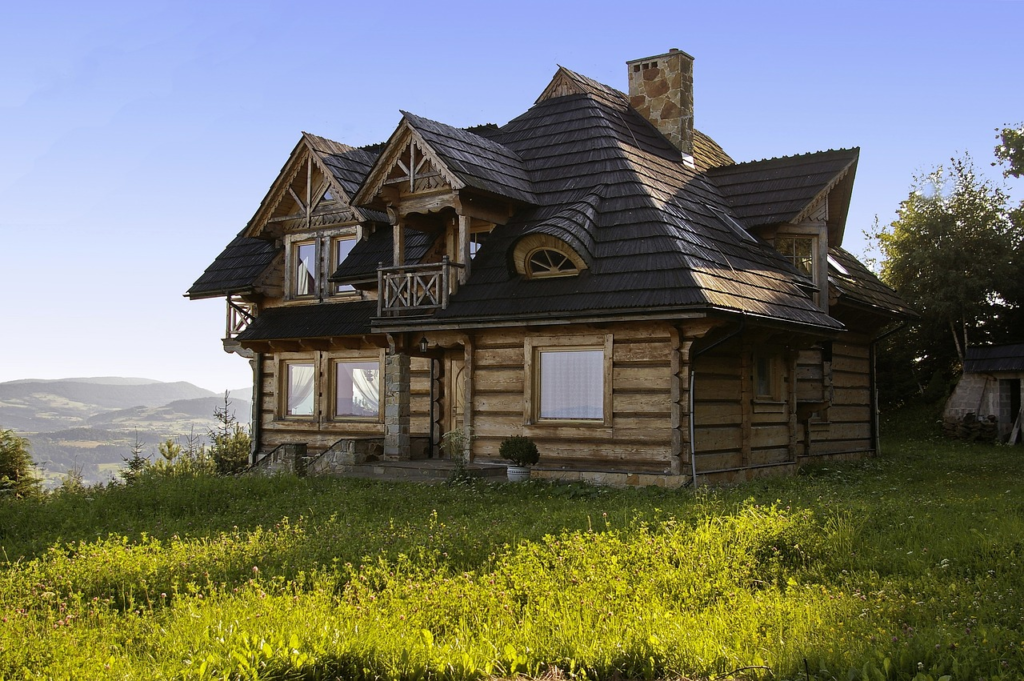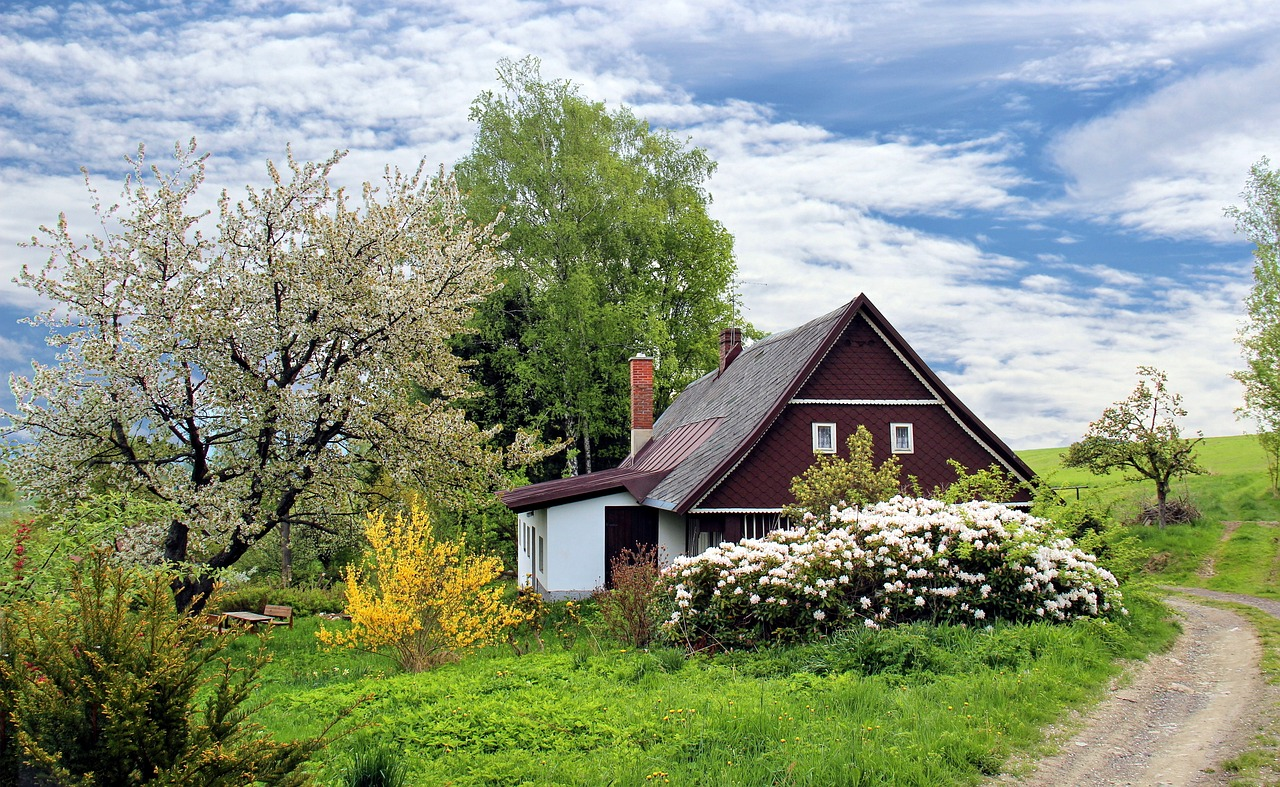Supporting Green Building with Quality Wood Products

If you go on your trip to support Green Building Initiatives, it is essential to select high -quality wood products. These materials not only improve the aesthetic attractiveness of their projects, but also play a crucial role in sustainability. Discover how the selection of responsible wood can contribute to an environmentally friendly construction and at the same time create beautiful, permanent structures that benefit both you and the environment.
Structural integrity
Quality wood products are crucial to improve the structural integrity of green construction projects. These high -quality wood products are not only matched with environmentally friendly practices, but also offer strength and durability. Engineered wood products such as laminated veneer wood and networked wood offer reliable supporting functions with which architects and builders can design innovative structures with fewer resources. These materials are light and yet robust, which they ideal for a variety of applications, from dormitories to commercial buildings.
In addition, high -quality wood can withstand environmental pollution and reduce the need for more often repairs or exchange, which contributes to the general durability of the structure. By integrating quality wood into the construction, the builders can ensure safe, resilient designs that meet both the performance requirements and the sustainability goals, which leads to green buildings that pass the test of time.
Carbon sequest
Quality wood products significantly improve green construction projects through their ability to reduce carbon. Trees absorb carbon dioxide from the atmosphere during photosynthesis and store carbon in their biomass. If wood is used sustainably in the construction system, this stored carbon remains locked up within the structure, which effectively reduces the entire CO2 footprint of the building.
In addition, the decision for wooden materials via carbon -intensive alternatives such as concrete or steel continues to contribute to lower greenhouse gas emissions in the construction process. As long as these wood products maintain and are not burned or thrown away, they continue to serve as carbon rinsing throughout their lifespan. By including high -quality wood in construction designs, architects and builders actively support the reduction in climate change and create environmentally conscious structures that benefit both the planet and future generations.
Sustainable resources
Modern construction practices insist on using various sustainable resources during their projects, as this reduces the negative effects on the environment. Here are some that you can implement:
- Recycled materials
- bamboo
- cork
- Recycled metal
- Sustainable wood
- Colors and surfaces with low VOC
- Green roofs and living walls
- Solar collectors
- Rainwater use system
- Highly efficient insulation
- Permeable sidewalks
- Geothermal systems
Responsible quecce pot reduces the demand for less environmentally friendly materials and promotes a circular economy. It can be combined with other sustainable resources such as recycled materials or low-voc surfaces to create healthier living environments. In addition, Wood’s renewability and biological degradation continue to contribute to sustainable practices to ensure that buildings are both aesthetically appealing and environmentally responsible.
Energy efficiency
The natural insulating properties of high-quality wood products help to maintain stable interior temperatures and reduce the dependence on artificial heating and cooling systems. This thermal performance reduces energy consumption and leads to lower supply calculations and a reduced impact on the environment. In addition, many technical wood products such as networked wood offer superior insulation values compared to conventional building materials.
By using high -quality wood, builders can create designs that promote passive solar strategies and further optimize energy consumption. The inclusion of these sustainable materials not only helps with energy savings, but also contributes to the general comfort of the inmates and creates rooms that are both efficient and inviting. This holistic approach underlines the crucial role of wood in sustainable architecture.
Lowly embodied energy
Lowly embodied energy refers to the entire energy that is consumed in production, processing and transportation of building materials. Wood typically needs less energy for harvesting and manufacturing compared to alternatives such as concrete or steel, which leads to a lower overall carbon emission during the construction process. This natural energy efficiency is largely due to the renewability of Wood and the sustainable forest practices in procurement.
By integrating wood into building designs, architects and builders can achieve higher performance with reduced energy inputs and continue to align their projects with sustainability goals. As a result, it is not only to use the environment, but also leads to more efficient and responsible building practices.
Aesthetic and health benefits
Quality wood products give structures natural warmth and beauty and create inviting and aesthetically appealing environments. The unique textures and wood patterns can give character both the interior and outdoor area and promote a connection with nature that promotes well-being. From a health point of view, it was shown that wood improves the air quality indoors by regulating the humidity and reducing dust.
In addition, the use of low-VOC surfaces and sustainable wood ensures that harmful chemicals are minimized, which contributes to healthier living spaces. This mixture of visual attractiveness and health advantages not only increases the overall design, but also supports the comfort and well -being of the occupants and makes quality wood a significant component in sustainable architecture.

The inclusion of high -quality wood products in their construction projects not only improves aesthetic attractiveness, but also promotes sustainability and health. Thanks to the selection of responsible materials, you contribute to a healthier environment, lower energy consumption and improved air quality indoors. Take the beauty and advantages of high -quality wood and have a sustainable effect on your projects and the planet.





